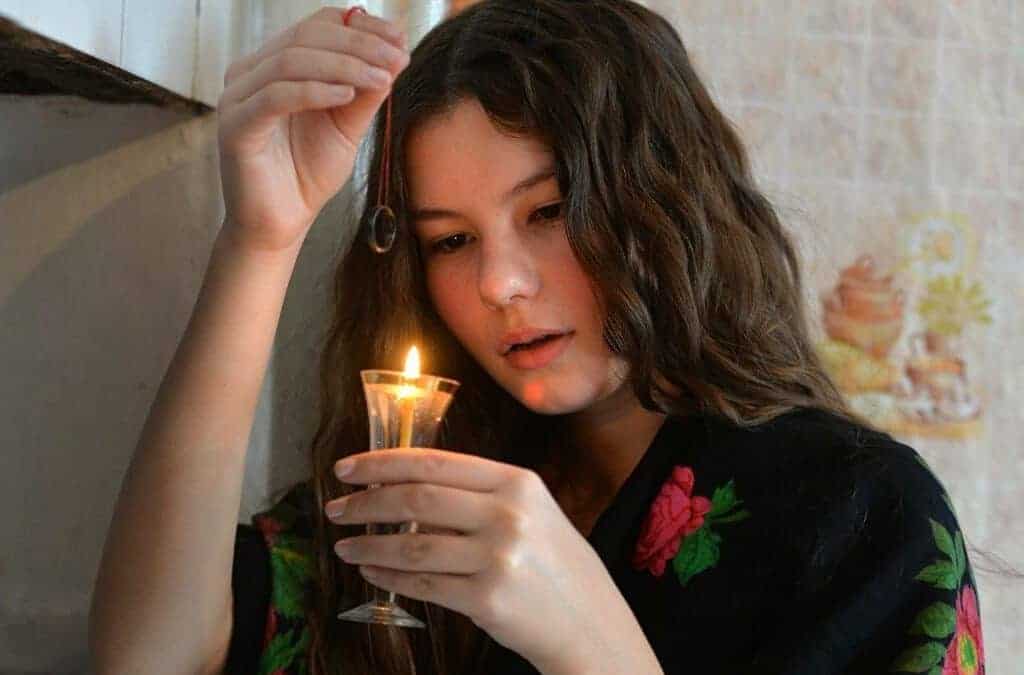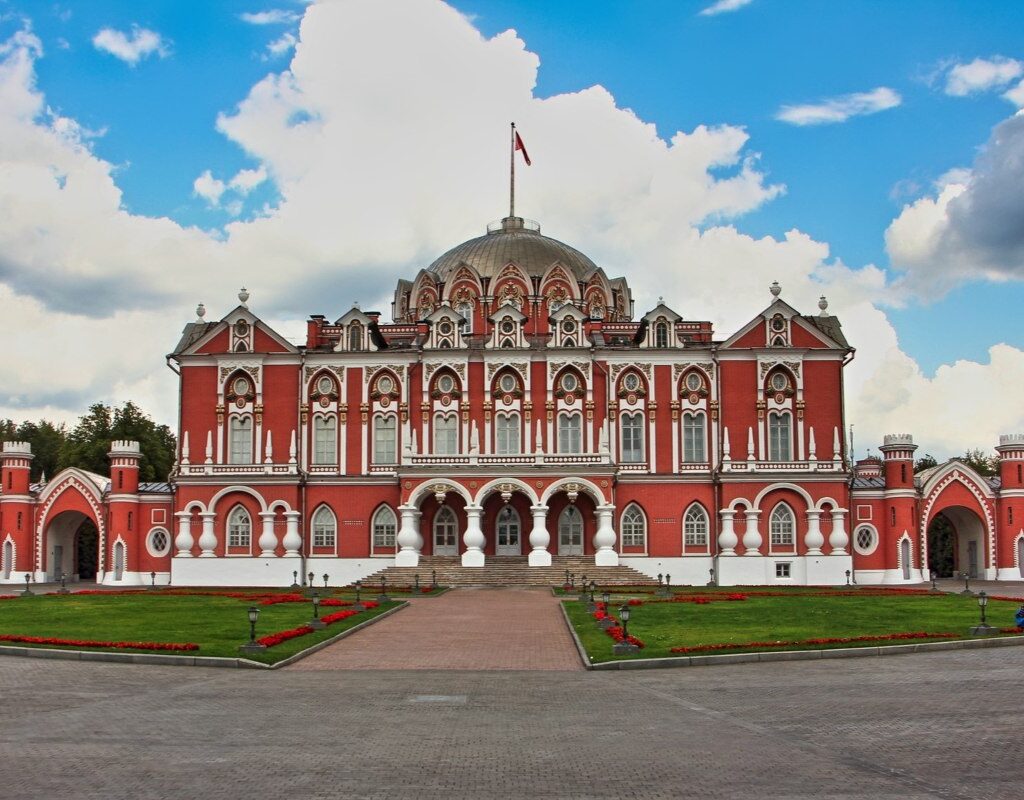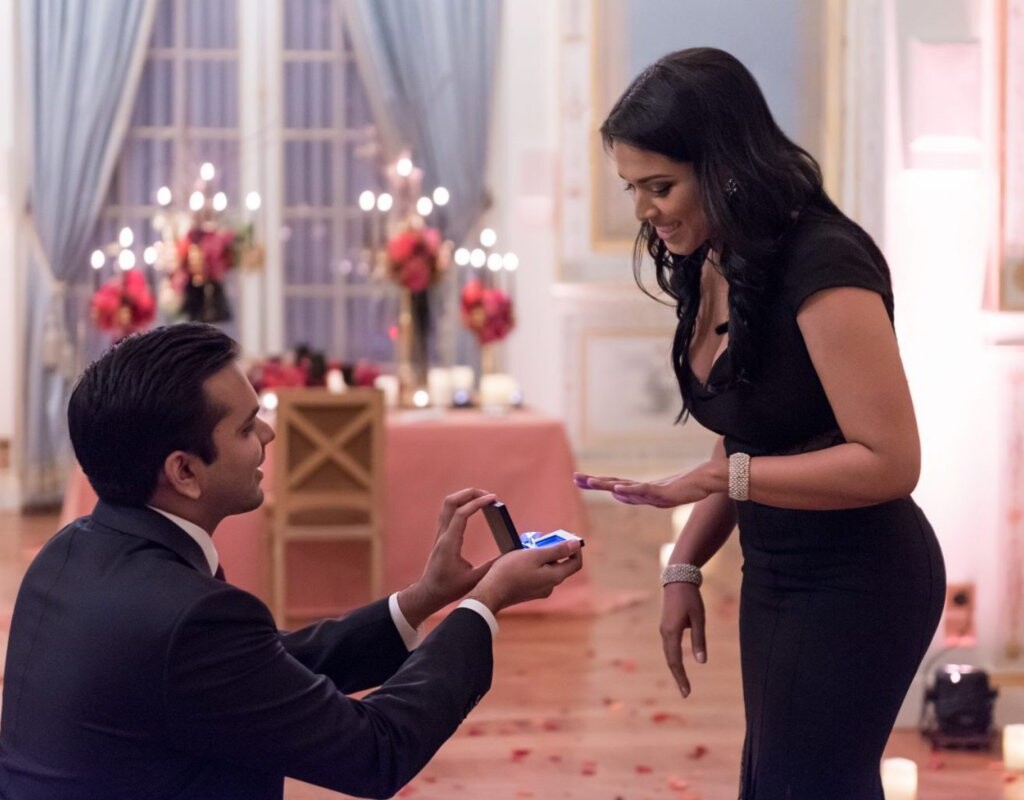Russian Orthodox Christmas is a unique experience, deeply marked by the traditions and rituals of the Orthodox Church. During the period known as Sviatki, which runs from January 7 to January 19, Russians celebrate with customs that blend the sacred and the secular, the ancient and the contemporary.
Origins and History of Russian Orthodox Christmas
Sviatki, a festive time in Russia, has roots that date back to before Christianity was adopted in the country.
Originally known as the feast of Sviatovit, these celebrations were connected to the old Slavic “sviatki,” meaning “the souls of the ancestors.” During this period, ancient rituals focused on singing, playing games, dressing up and divination, all aimed at predicting personal happiness in the future.
With the adoption of Christianity, these festivities adapted, retaining many pagan elements, but now in the context of celebrating Christmas and the Baptism of the Lord. The days of Sviatki are often referred to as “holy nights” in remembrance of these significant religious events.
Traditions of the Koliada
One of the most entrenched traditions of Russian Orthodox Christmas is the Koliada. This ritual involves singing and sending greetings from house to house, a practice even Russian Emperor Peter the Great actively supported. The Koliada is mainly a youthful celebration, characterized by games, songs, house visits, gatherings and fortune-telling.
During Christmas Eve and the Sviatki days, “Koliadki,” Slavic songs of satirical congratulations, are heard, their name is derived from the original Russian word “koliadki.” This is a time when the community comes together to celebrate, sharing wishes of prosperity and happiness.
Sviatki Rituals
With the Christianization of Russia, many of the solstice winter festival rituals were transformed into Christmas celebrations. The Orthodox Church, in some cases, persuaded the faithful that certain Sviatki rituals were impure, especially the divinations, which led to the excommunication of those who practiced them.
From an Orthodox perspective, playful activities, divinations, dressing up and licentiousness at the festivals were considered serious sins. However, today, Russia uses these festivities to honor the family with the famous Orthodox sacred dinner, which takes place on January 6, the eve of Russian Christmas. During this ceremony, alcohol consumption is prohibited and fasting is practiced throughout the day prior to the dinner.
The Figures of Ded Moroz and Snegurochka
Ded Moroz, known in the West as Santa Claus or Father Christmas, is the main character of the Christmas festivities in Russia, but with unique characteristics that set him apart from his Western counterpart.
Unlike Santa Claus, who enters homes through the chimney or window, Ded Moroz knocks on the doors of Russian homes with a large sack full of gifts, arriving on a sleigh pulled by three white horses.
Accompanying Ded Moroz is Snegurochka, his granddaughter, a character made of snow who lives in Siberia with her grandfather. Together, they embody the generosity and festive spirit of Orthodox Christmas in Russia, distributing gifts and joy to children and adults alike.
Celebrations in Red Square and Beyond
During the Sviatki period and the end-of-year festivities, Russian cities transform into hubs of joy and celebration. Red Square in Moscow becomes the heart of these festivities, with ice-skating rinks set up to enjoy leisure time and festive spirit.
Furthermore, during this time of the year, Russians enjoy seasonal specialties, with tables filled with various meat presentations, bottles of vodka and champagne, caviar, fruits, sweets, salads and much more. The New Year’s Eve party is celebrated in grand style in Red Square, with live music and spectacular fireworks as a backdrop.
This mix of traditions, both ancient and modern, makes Orthodox Christmas in Russia an unforgettable experience for those who live or visit there.
The Sacred Dinner of January 6th: Tradition and Devotion
The eve of Orthodox Christmas, January 6th, is a day of great significance and solemnity in Russia. On this day, the famous Orthodox sacred dinner takes place, a tradition that reflects devotion and respect for religious beliefs. This dinner is especially important as it marks the end of the Nativity Fast, which the faithful have observed for several weeks.
At this dinner, alcohol consumption is prohibited and the dishes served are typically vegetarian or fasting foods, including kutya (a dish made of wheat, honey and poppy seeds), vegetable soups, fish and special breads. This moment is not just a family gathering but also an expression of faith and Orthodox traditions.
Prepare Kutya: Traditional Russian Recipe for Festivities

Kutya (or kutia) is a traditional Slavic dish, especially popular in Russian and Ukrainian cuisine, primarily consumed during Christmas celebrations and the winter festival. It is known for its symbolic ingredients representing health, fertility and abundance.
Ingredients for Making Kutya
- Buckwheat or whole wheat: the main component of kutya. Often, cracked or pearled wheat is used.
- Poppy seeds: ground and sometimes mixed with honey. They symbolize happiness and peace.
- Honey: adds sweetness to the dish and symbolizes happiness and prosperity.
- Nuts: chopped, they add texture and flavor.
- Dried fruits: traditionally, raisins are used, but you can add other dried fruits like apricots or prunes.
- Water: needed to cook the wheat.
How to Prepare Kutya
Preparing the wheat:
If using whole wheat, soak it in water overnight. Cook the wheat in fresh water until it is soft and most of the water has been absorbed, which can take about 1-2 hours. Ensure the wheat is tender but not overly soft.
Preparing the poppy seeds:
Grind the poppy seeds in a coffee grinder or food processor until they form a paste. This may require adding a little water to help form the paste.
Mixing the ingredients:
In a large bowl, combine the cooked and cooled wheat, ground poppy seeds, honey, chopped nuts and dried fruits. Mix well to ensure the honey and poppy seeds are evenly distributed.
Serving:
Kutya is generally served at room temperature or slightly chilled. It can be garnished with more nuts or poppy seeds on top. This dish is delicious and very meaningful in the celebrations where it is served, offering good wishes for the coming year.
The Importance of Traditions in Family and Community Unity
Traditions of Orthodox Christmas in Russia play a crucial role in strengthening family and community unity. Through rituals like the Koliada and the sacred dinner, families come together, sharing not only food and gifts but also stories, songs and prayers. This time allows younger generations to learn about their heritage and keep the rich cultural history of their nation alive.
The celebration of Orthodox Christmas, with its focus on community and family, serves as a reminder of the importance of preserving these customs for future generations, ensuring that the richness of Russian culture continues to thrive over time.
Christmas Traditions in Contemporary Russian Culture
The traditions of Orthodox Christmas are not just relics of the past but continue to deeply influence contemporary Russian culture. Despite modernization and globalization, these customs remain alive and are a central element of national identity.
Today, the festivities of Sviatki and Orthodox Christmas are an opportunity for Russians to reconnect with their cultural and spiritual roots. Activities like the Sviatki divinations and games, though modified, remain popular among the youth, who find in these practices a way to explore their identity and creativity.

The presence of Ded Moroz and Snegurochka at public and private events, along with the decoration of cities with garlands, toys and fir trees from early December, shows how ancient traditions adapt to resonate with current generations.
Celebrating Diversity and Cultural Continuity
Orthodox Christmas in Russia is more than a religious holiday; it is a celebration of diversity and cultural continuity that unites people across generations. By embracing both ancient traditions and contemporary practices, Russians demonstrate a commitment to their heritage and an openness to the evolution of their customs.
These festivities offer not only a respite from everyday life but also an opportunity for reflection and spiritual renewal. By participating in these rituals, Russians not only honor their past but also weave the fabric of their future cultural and spiritual life.
For those interested in Russian culture, Orthodox Christmas is a fascinating window into the soul of this nation and its people, showcasing the richness and depth of its heritage.




